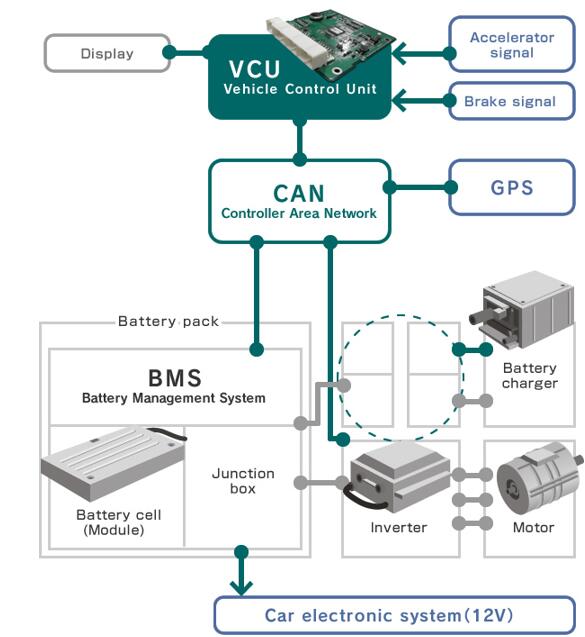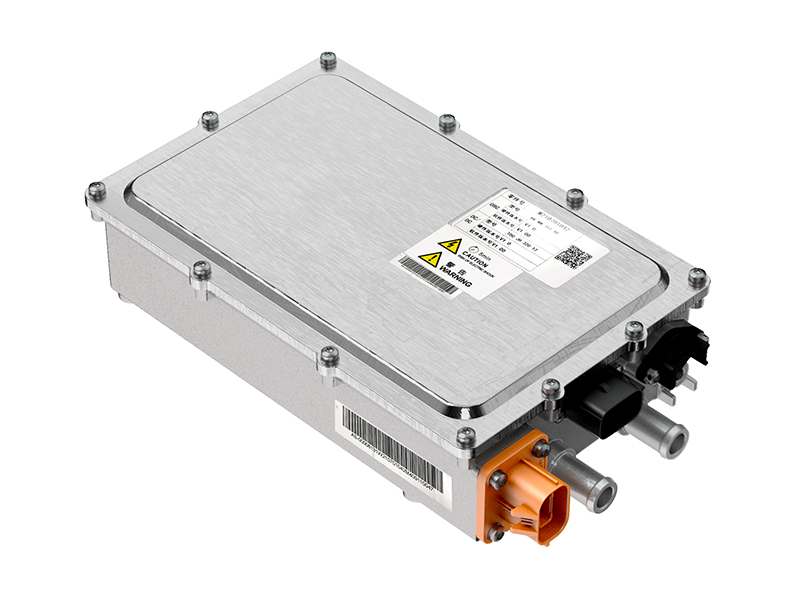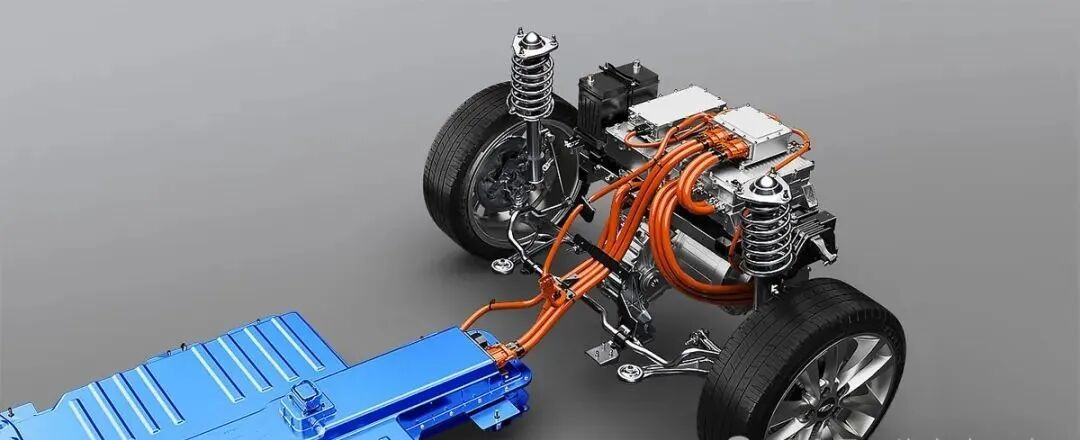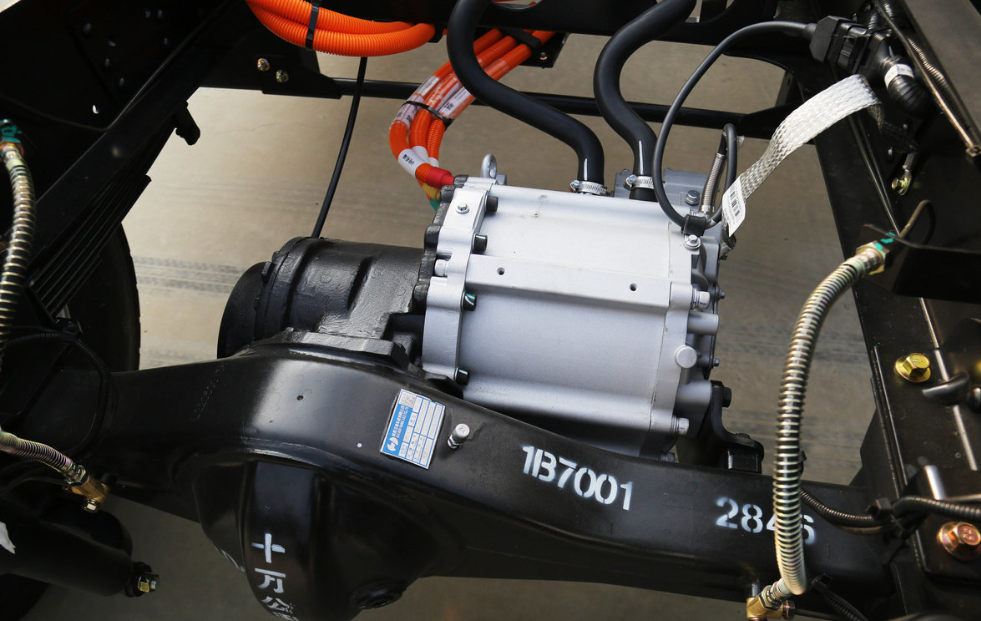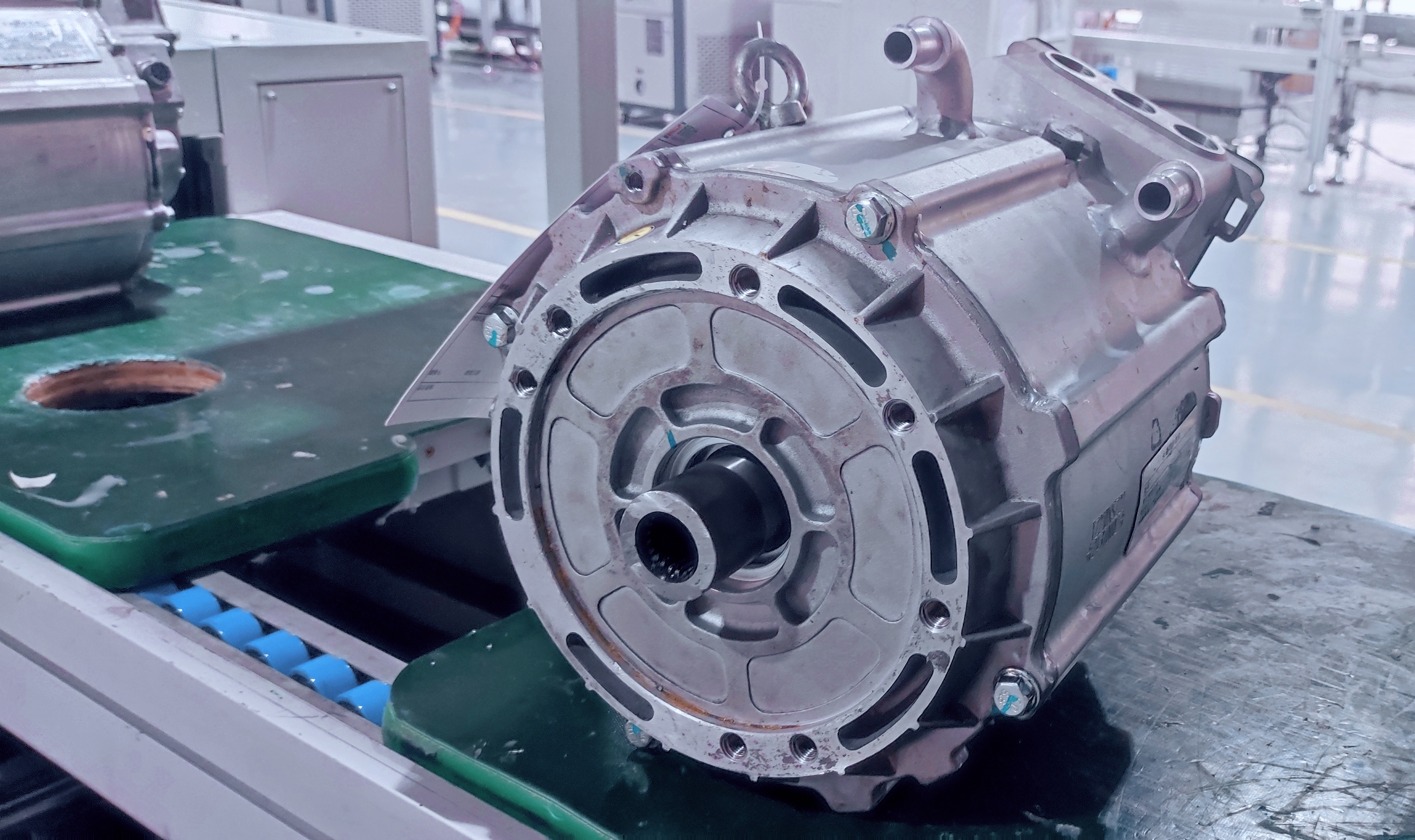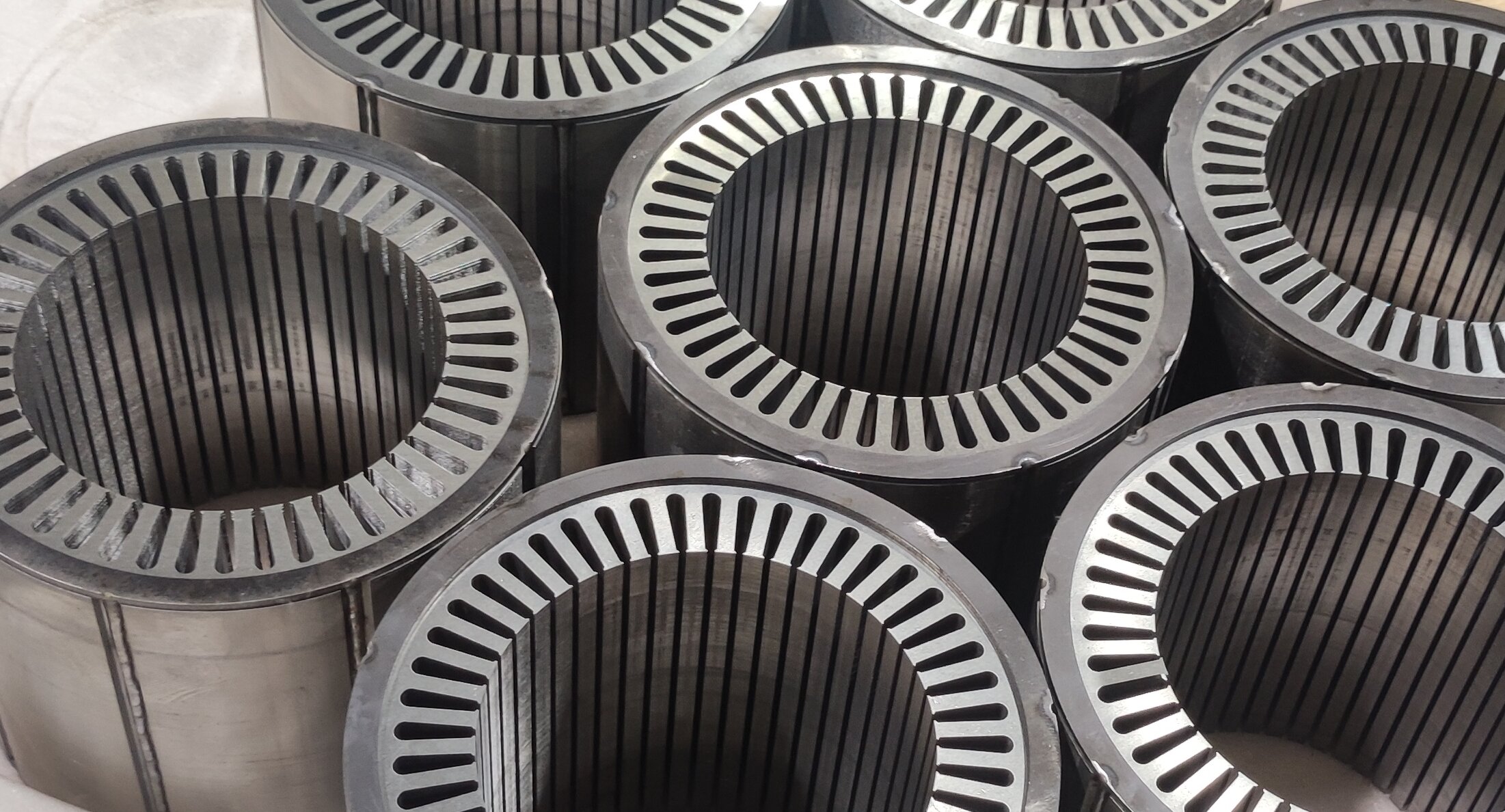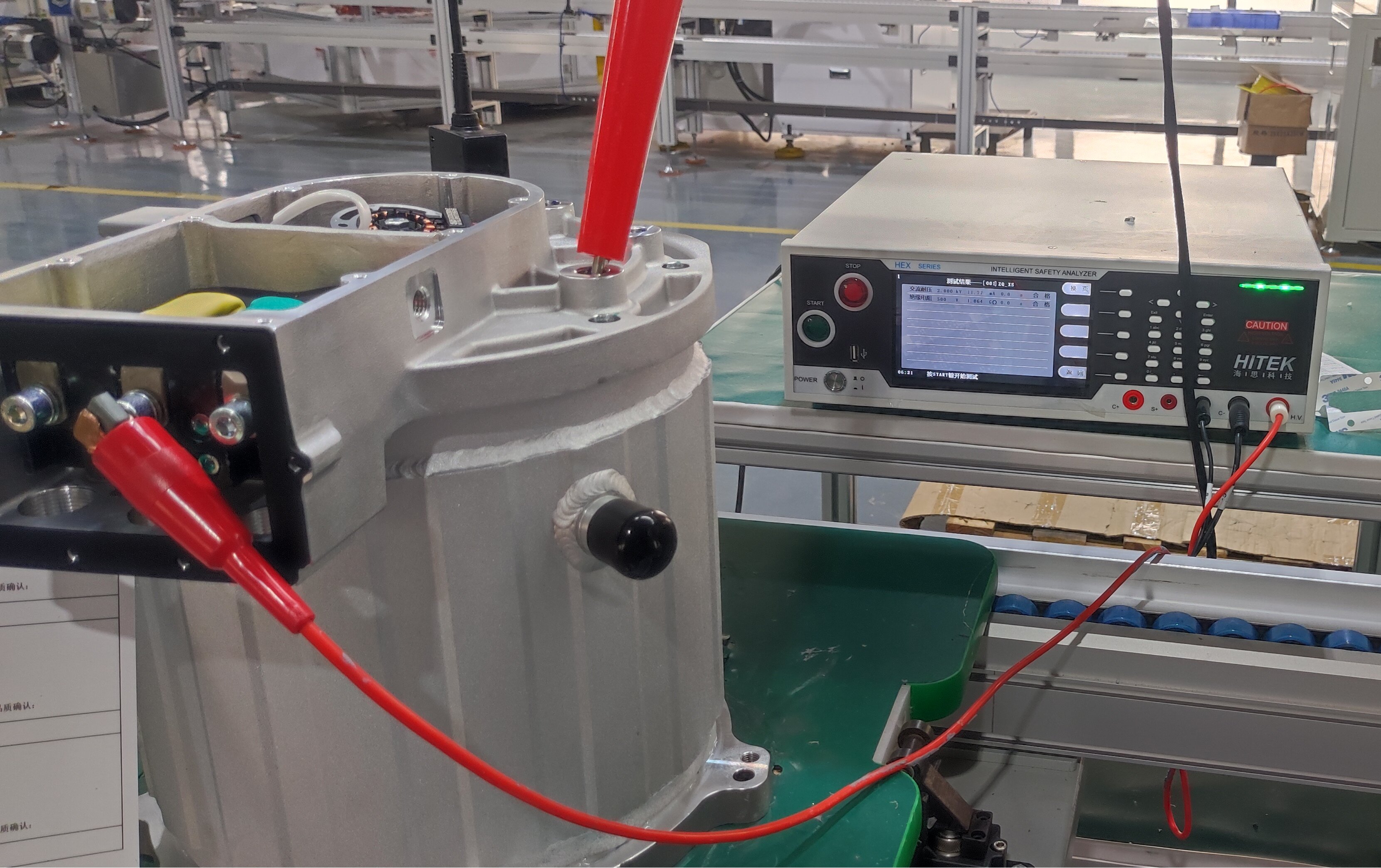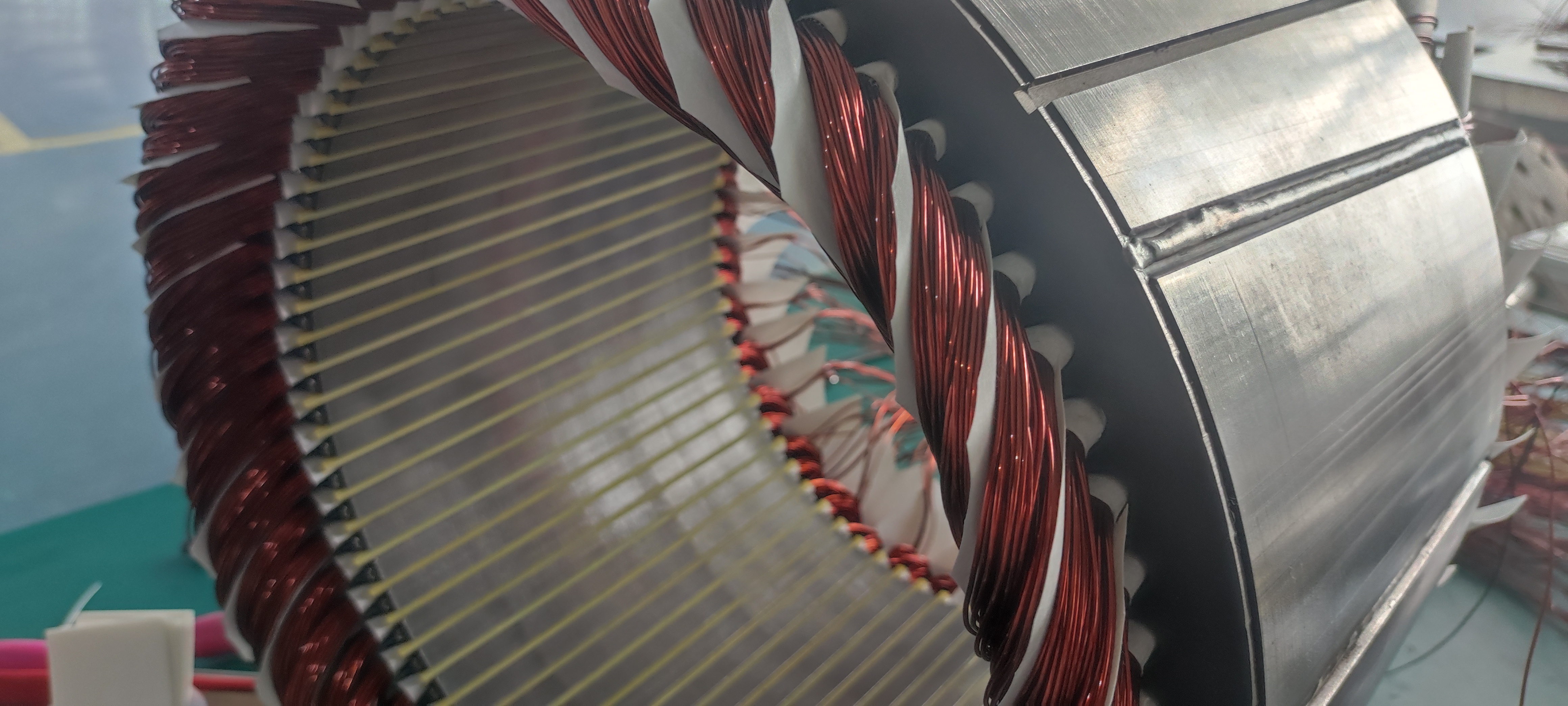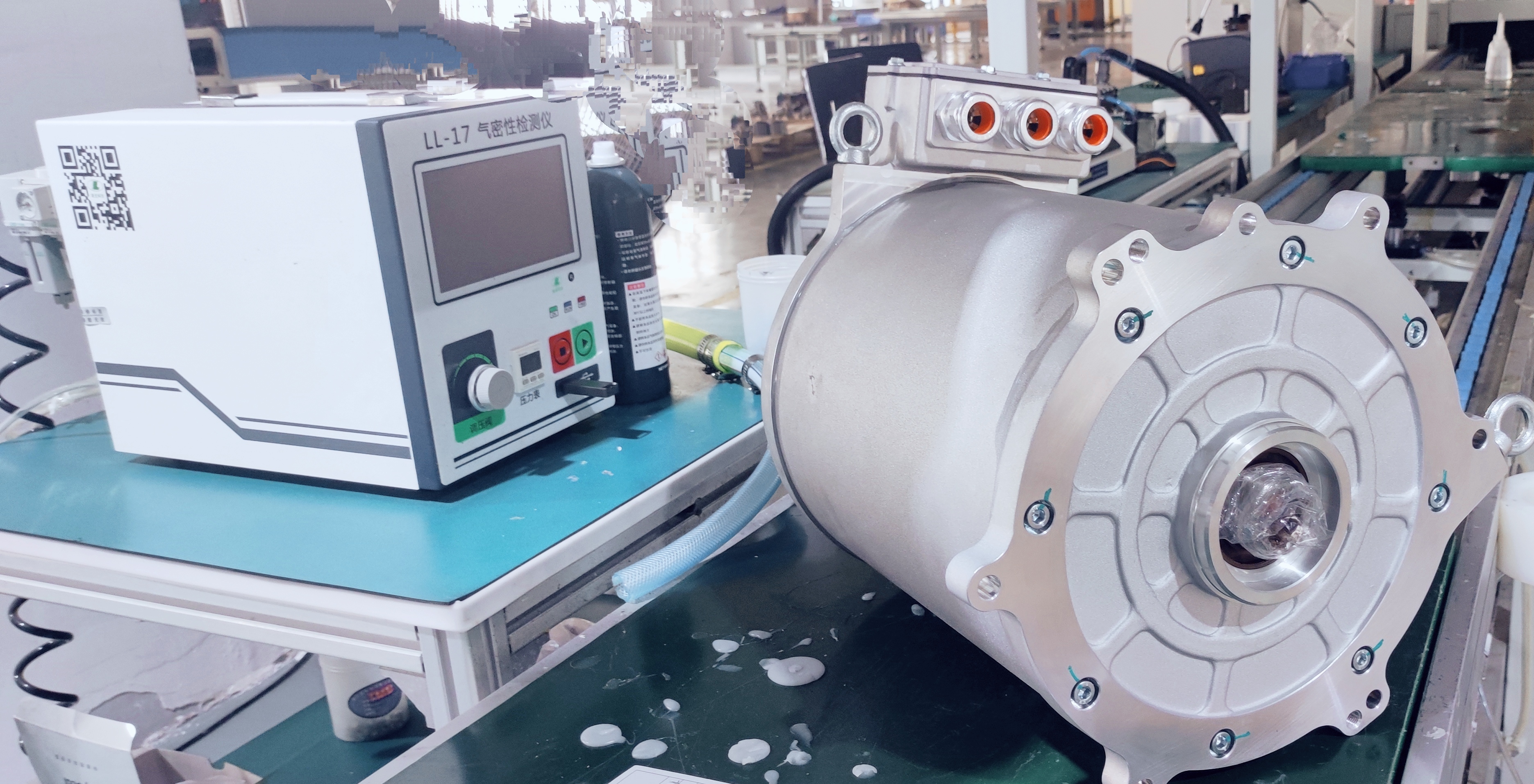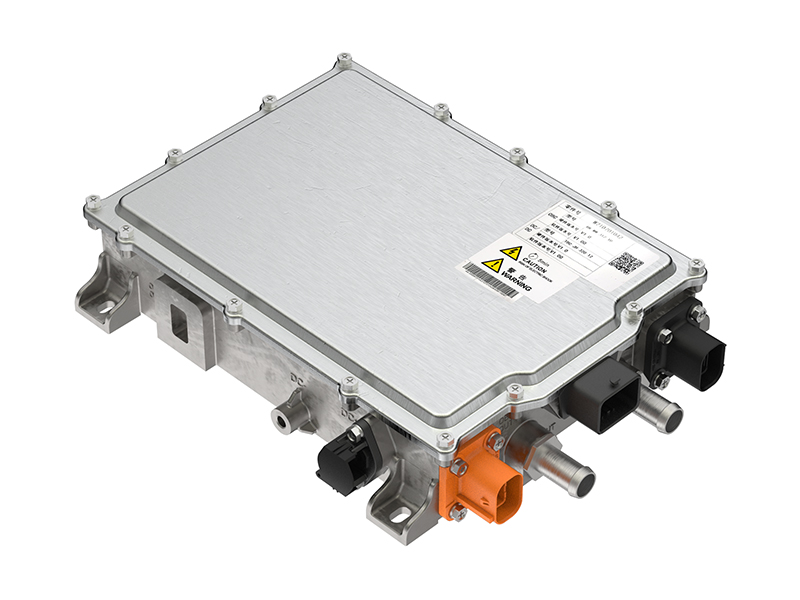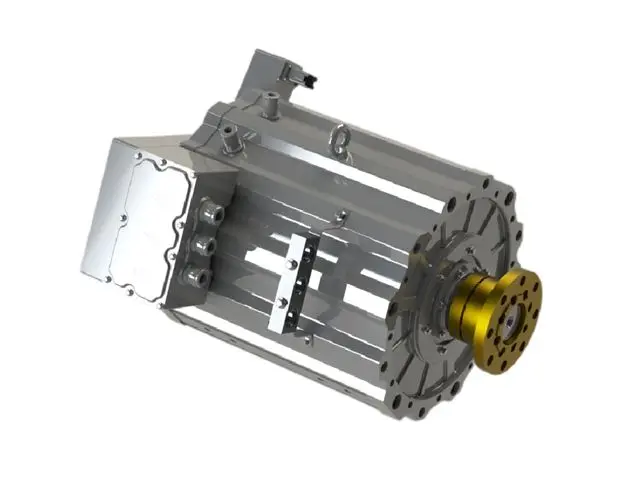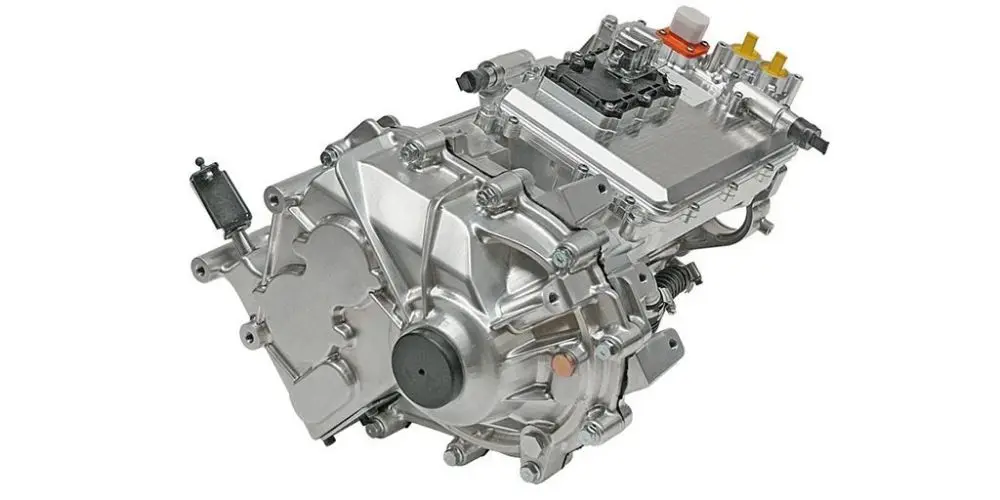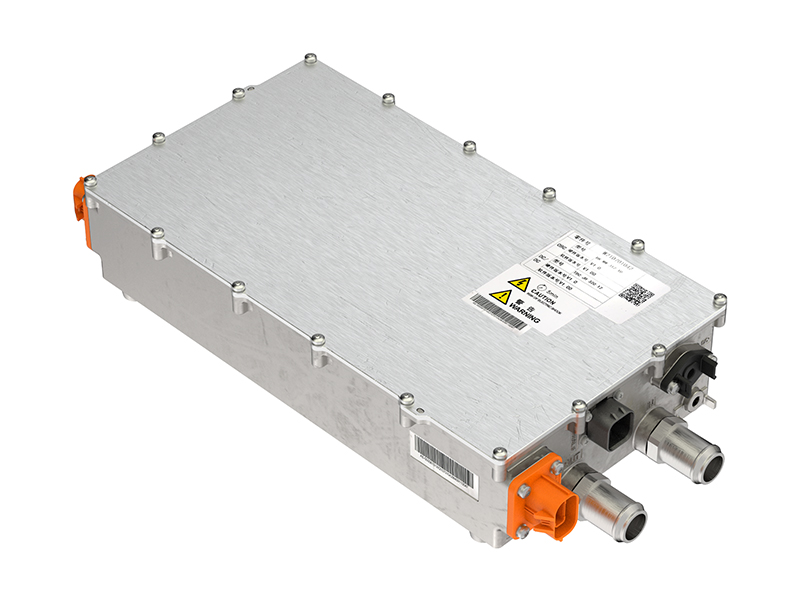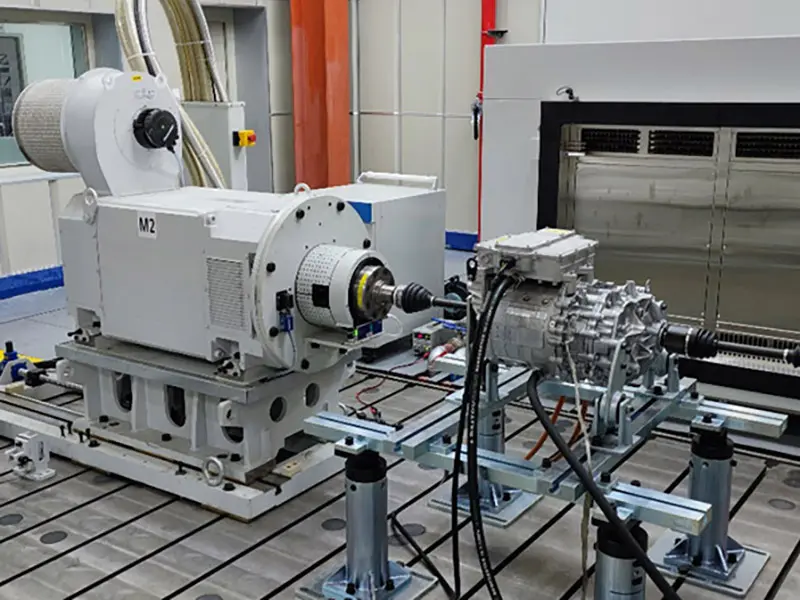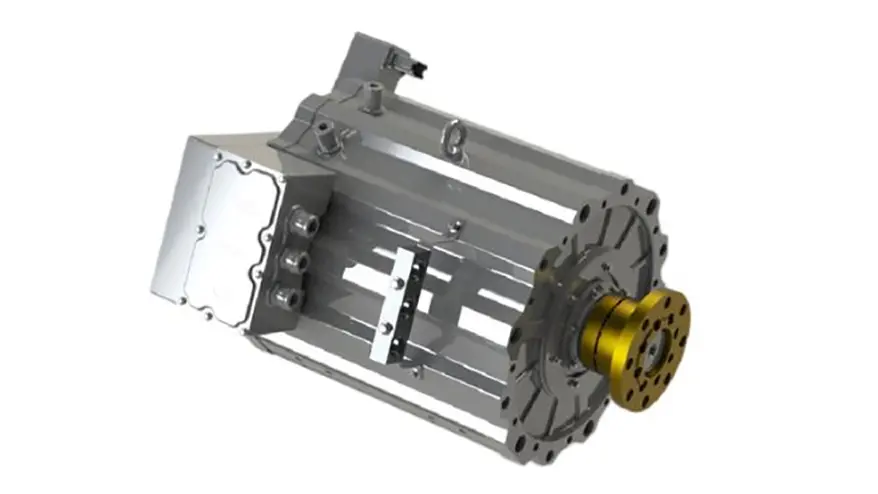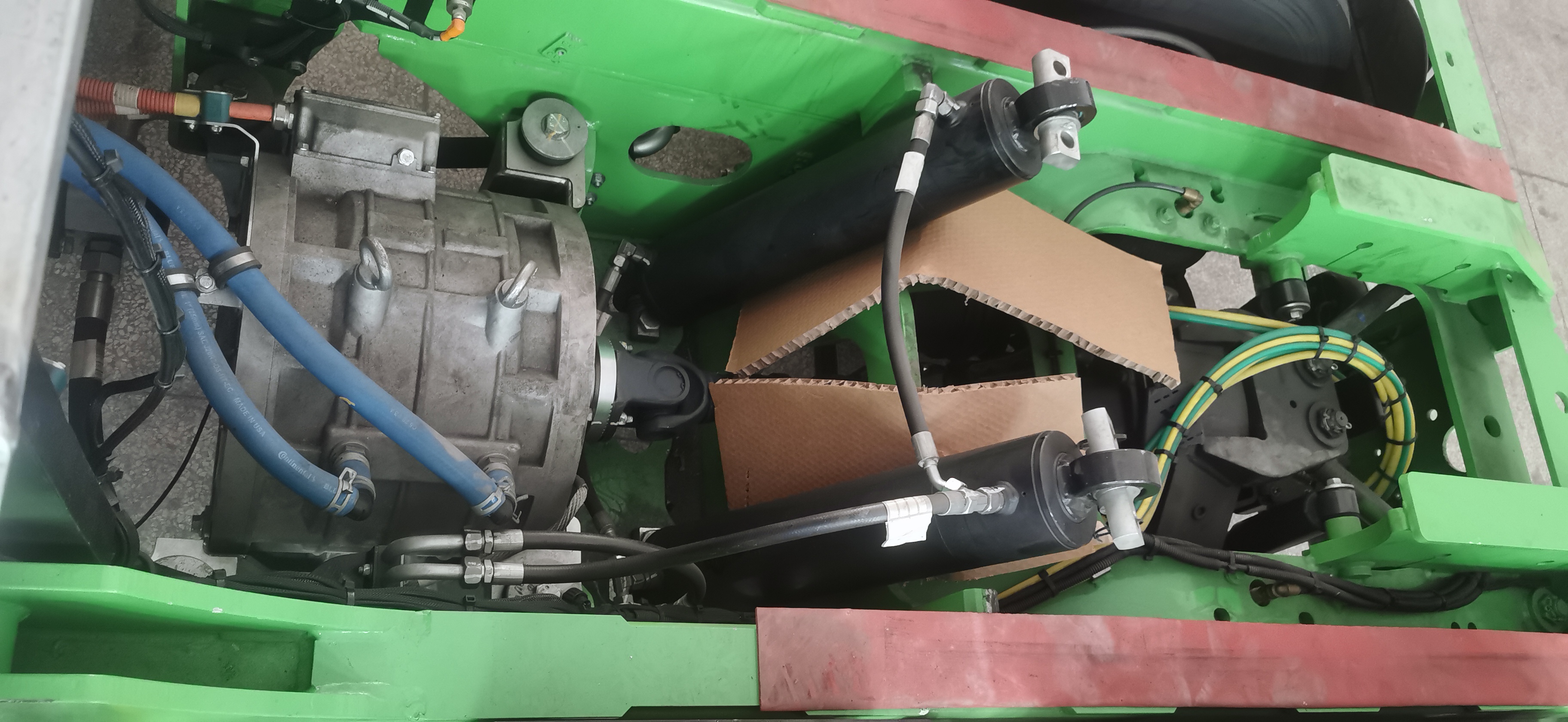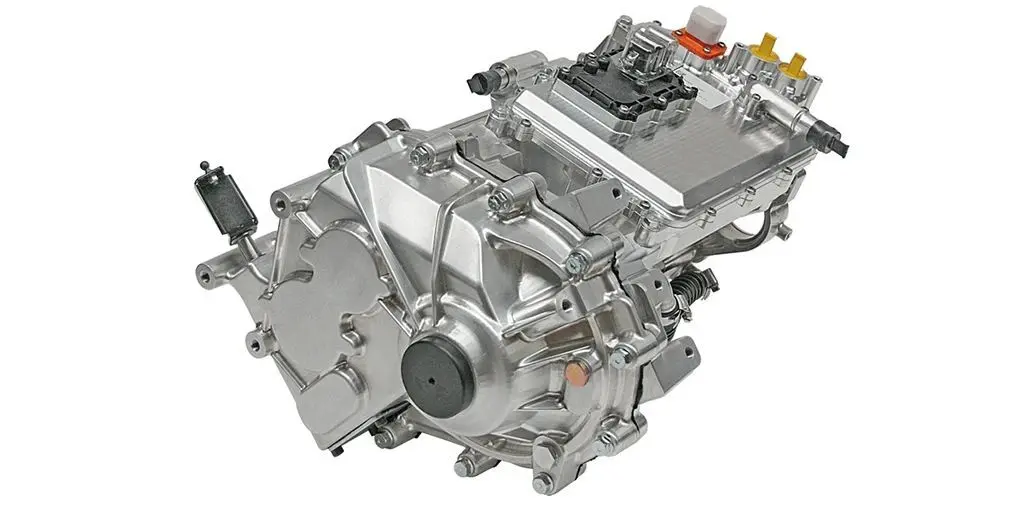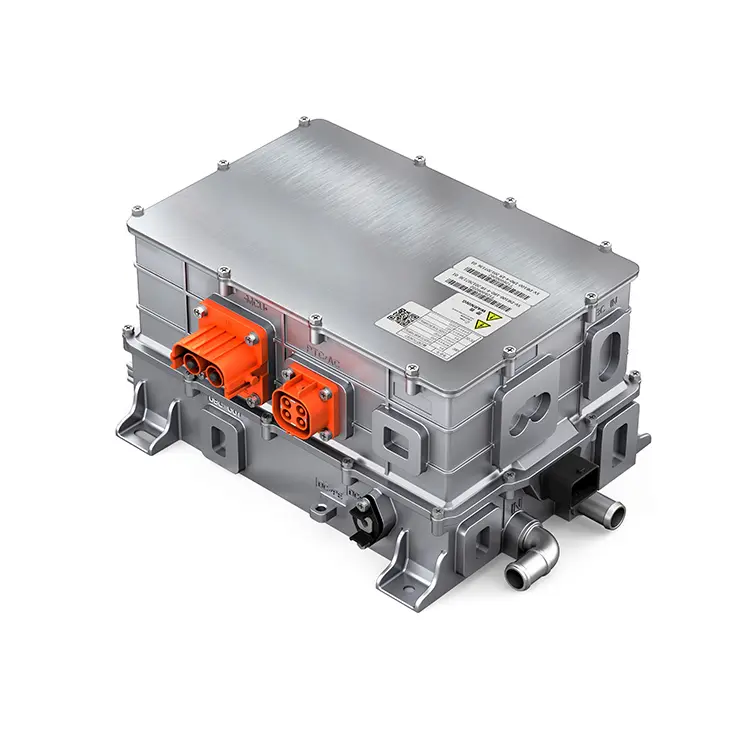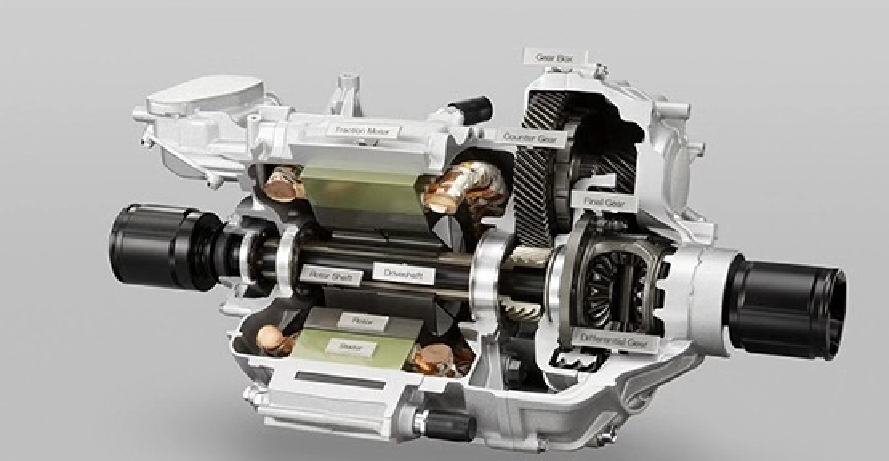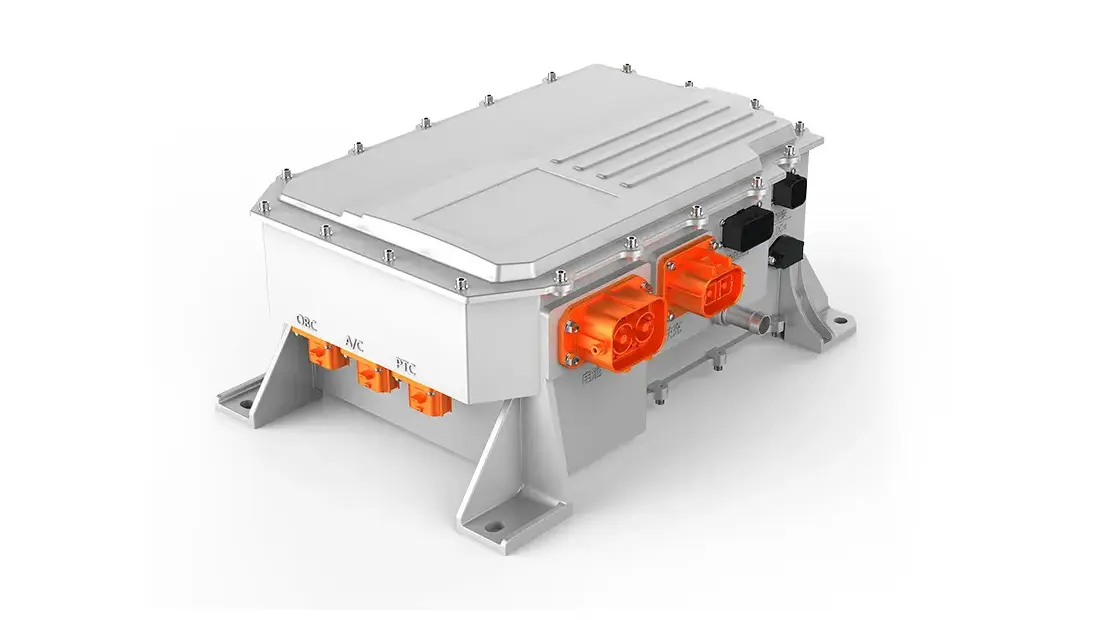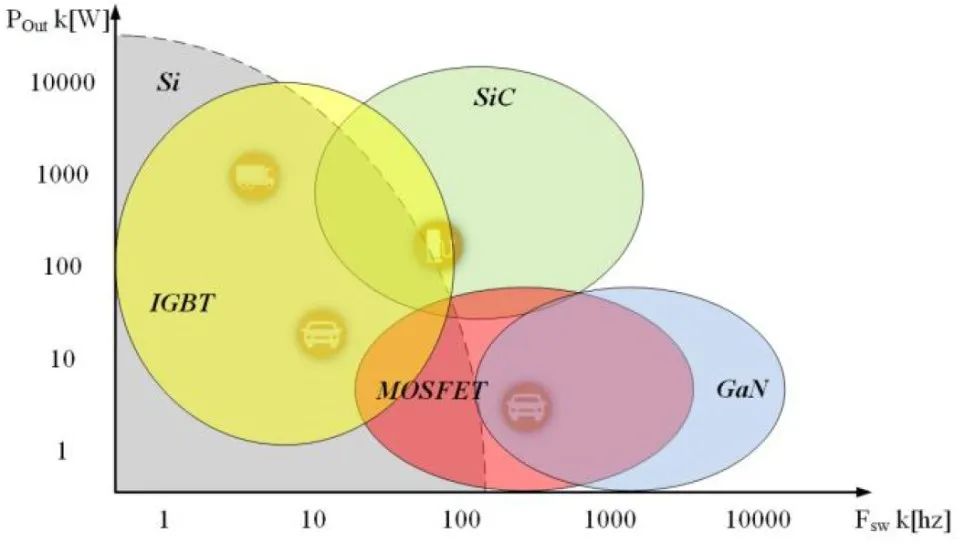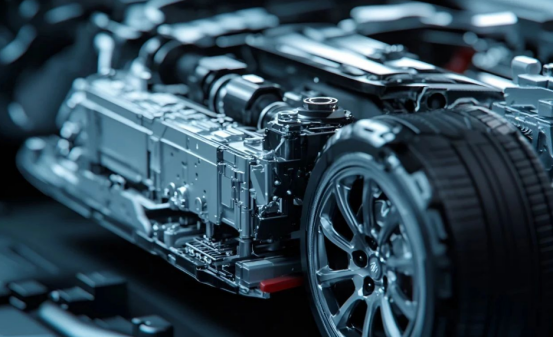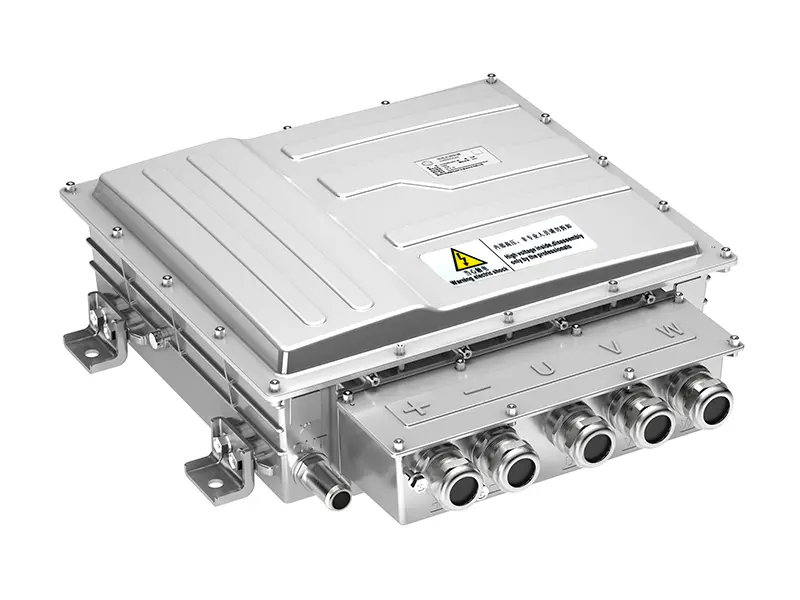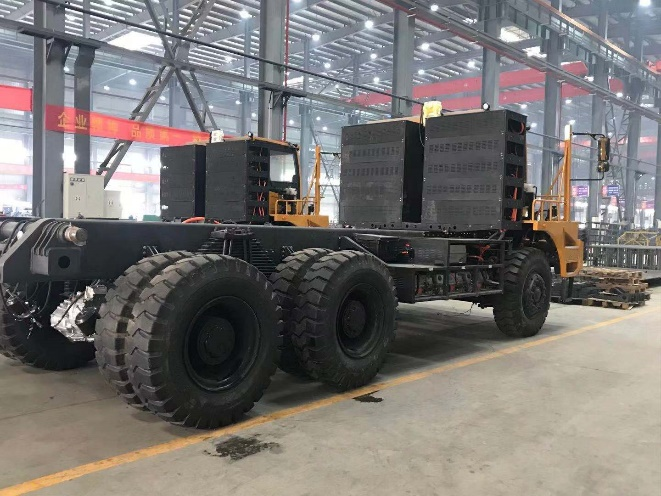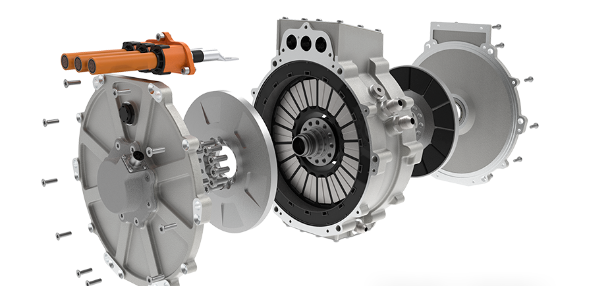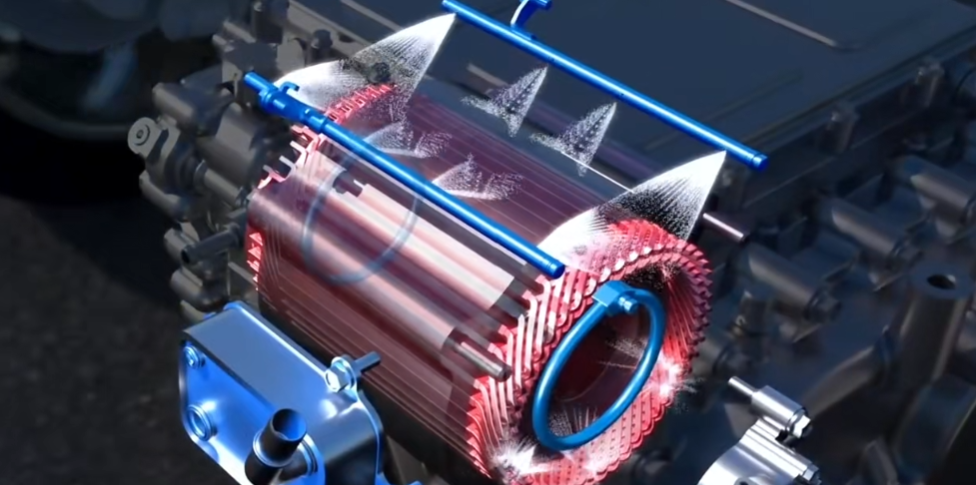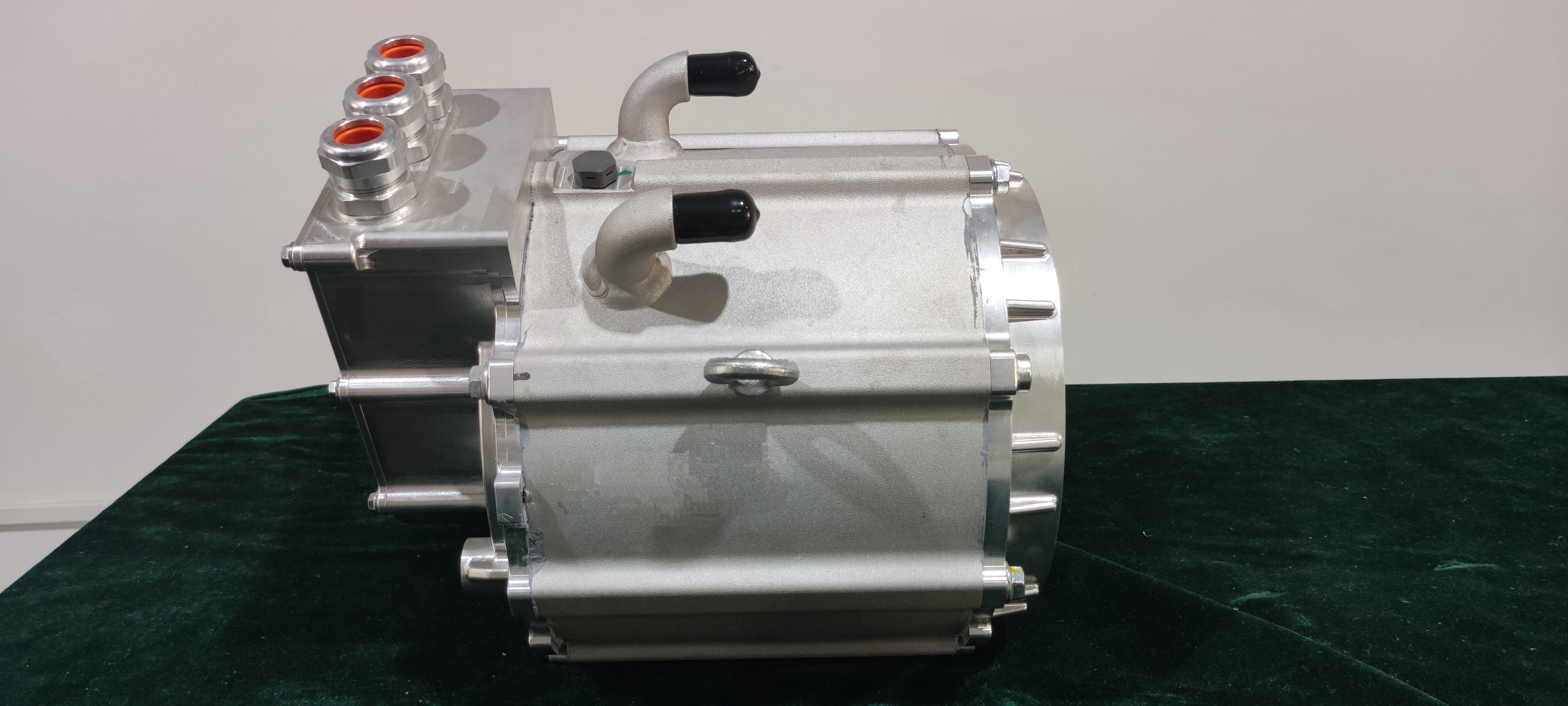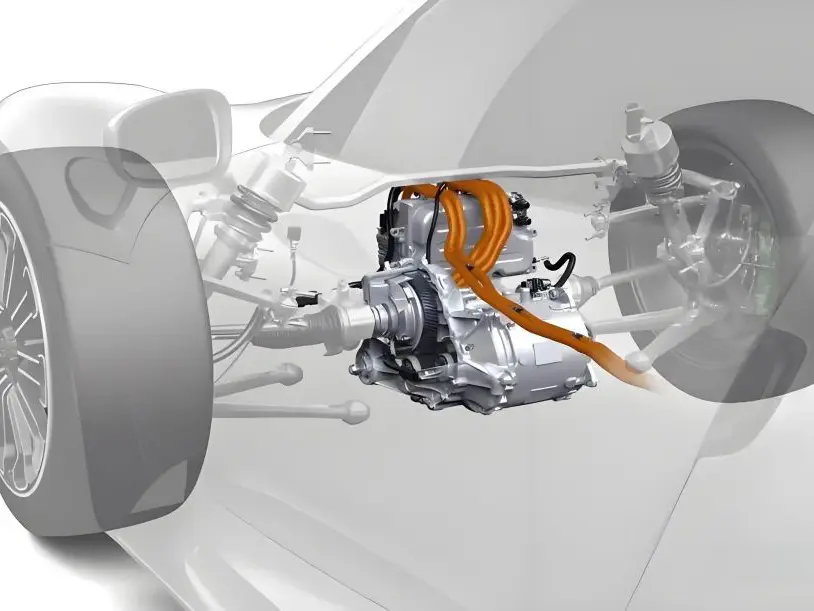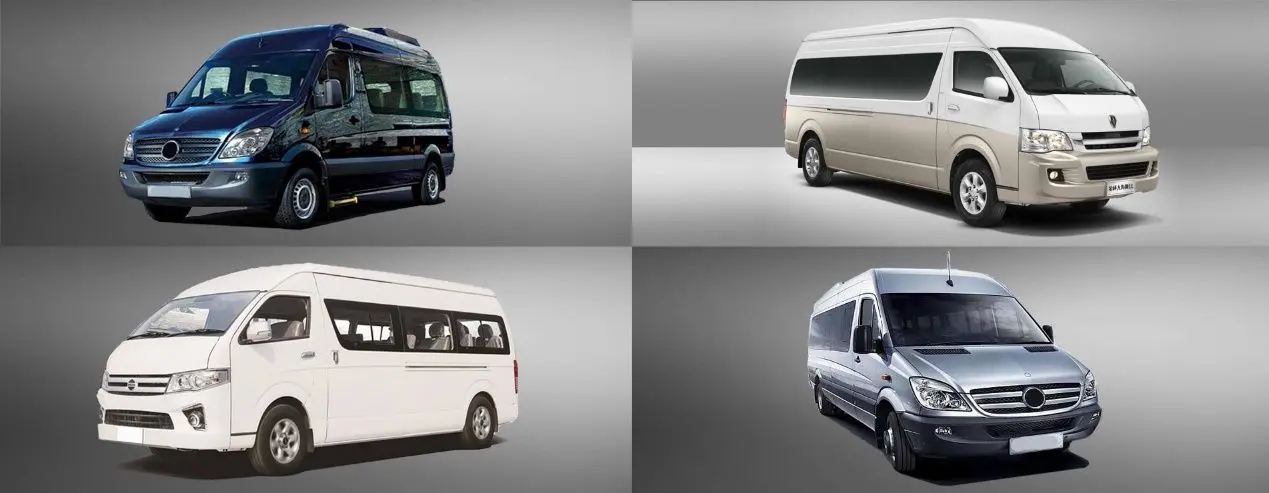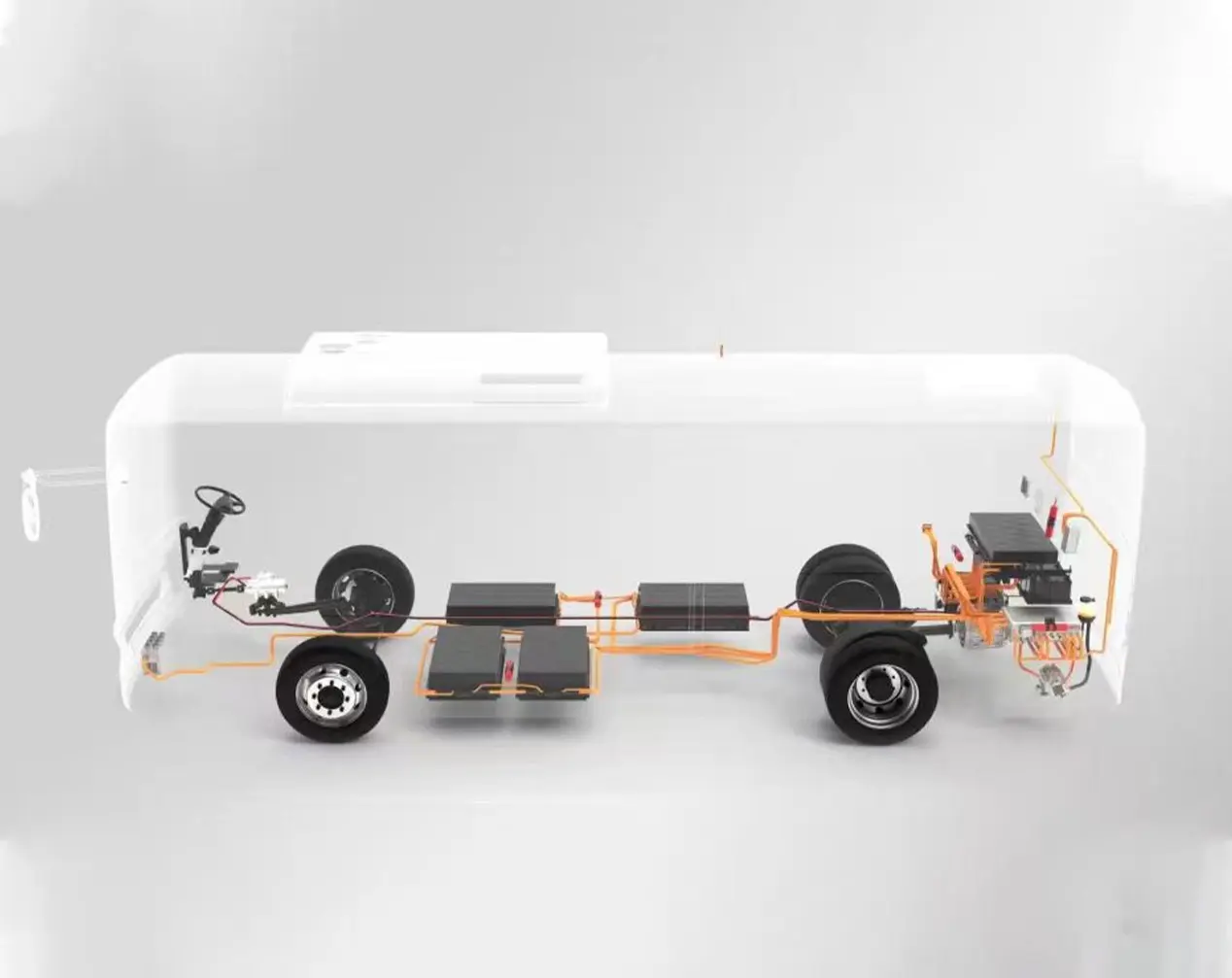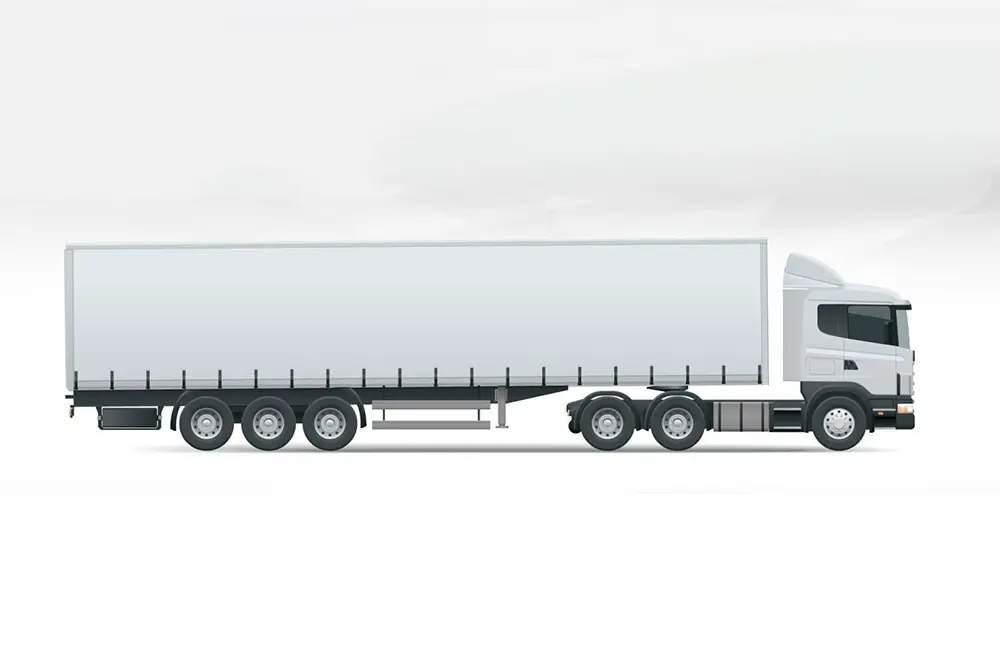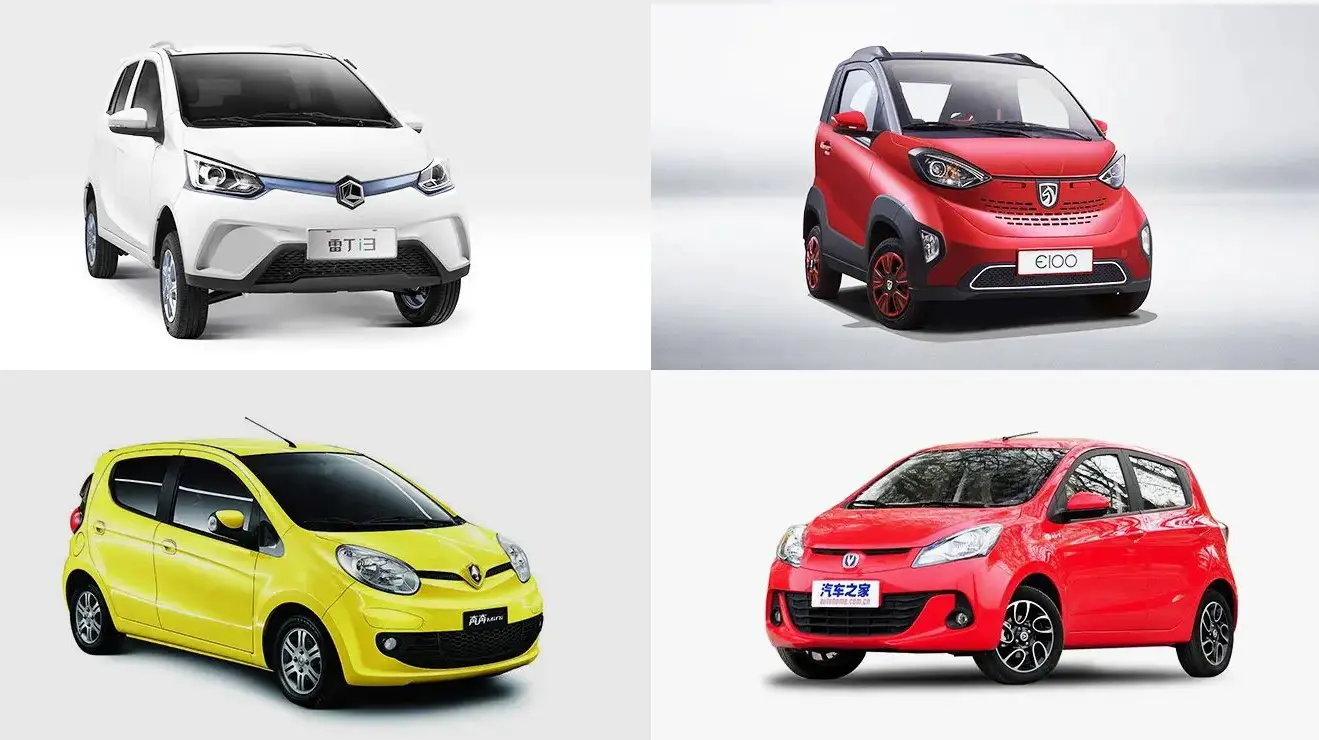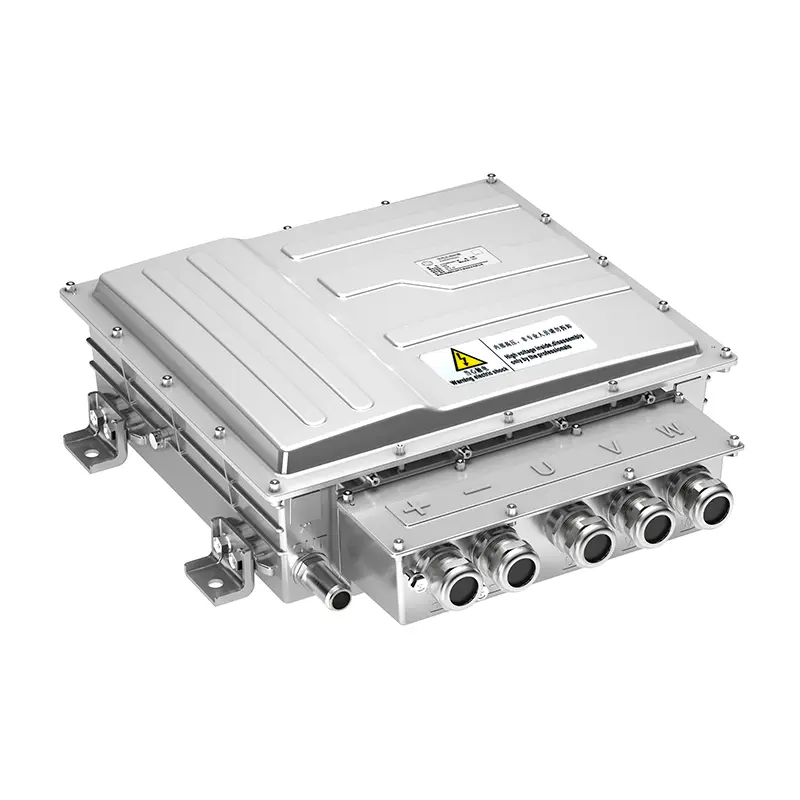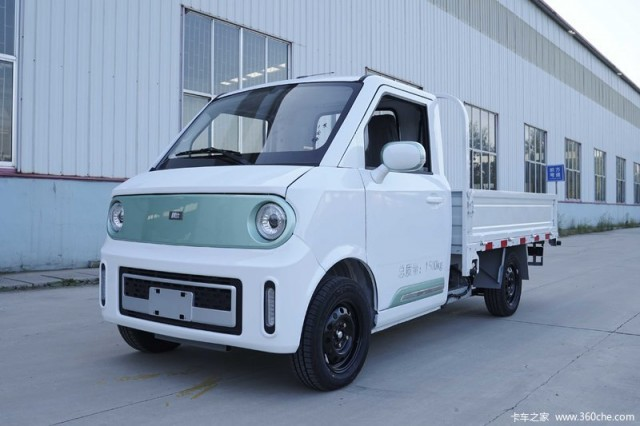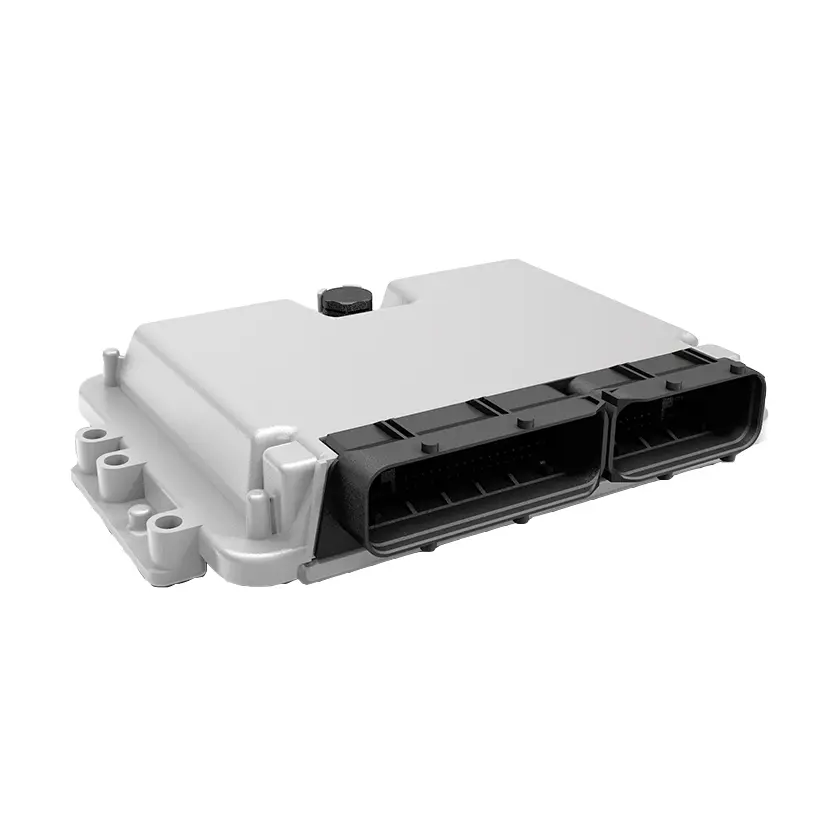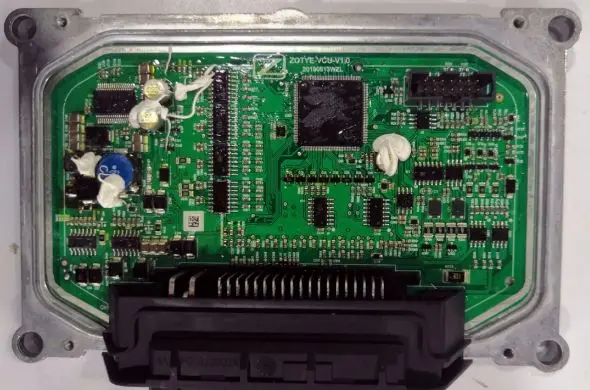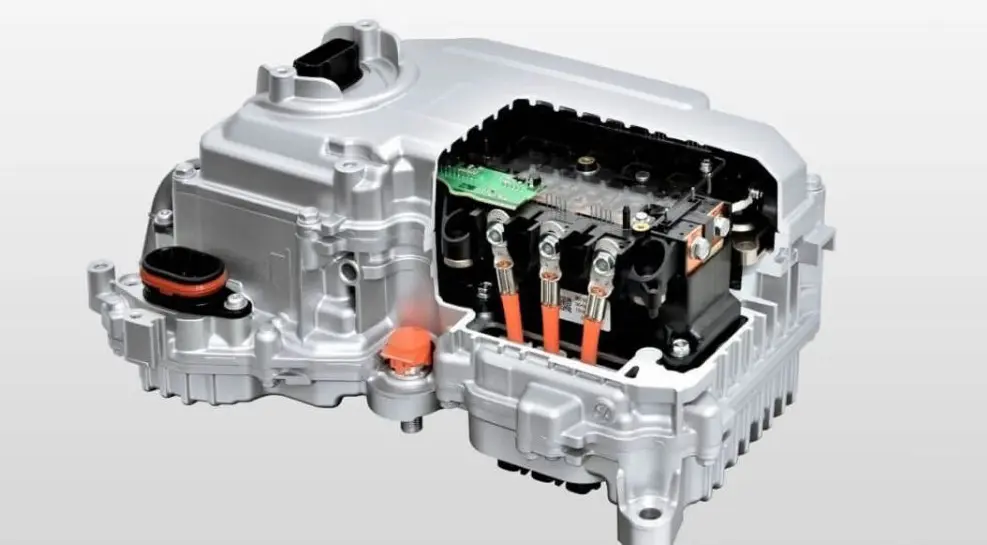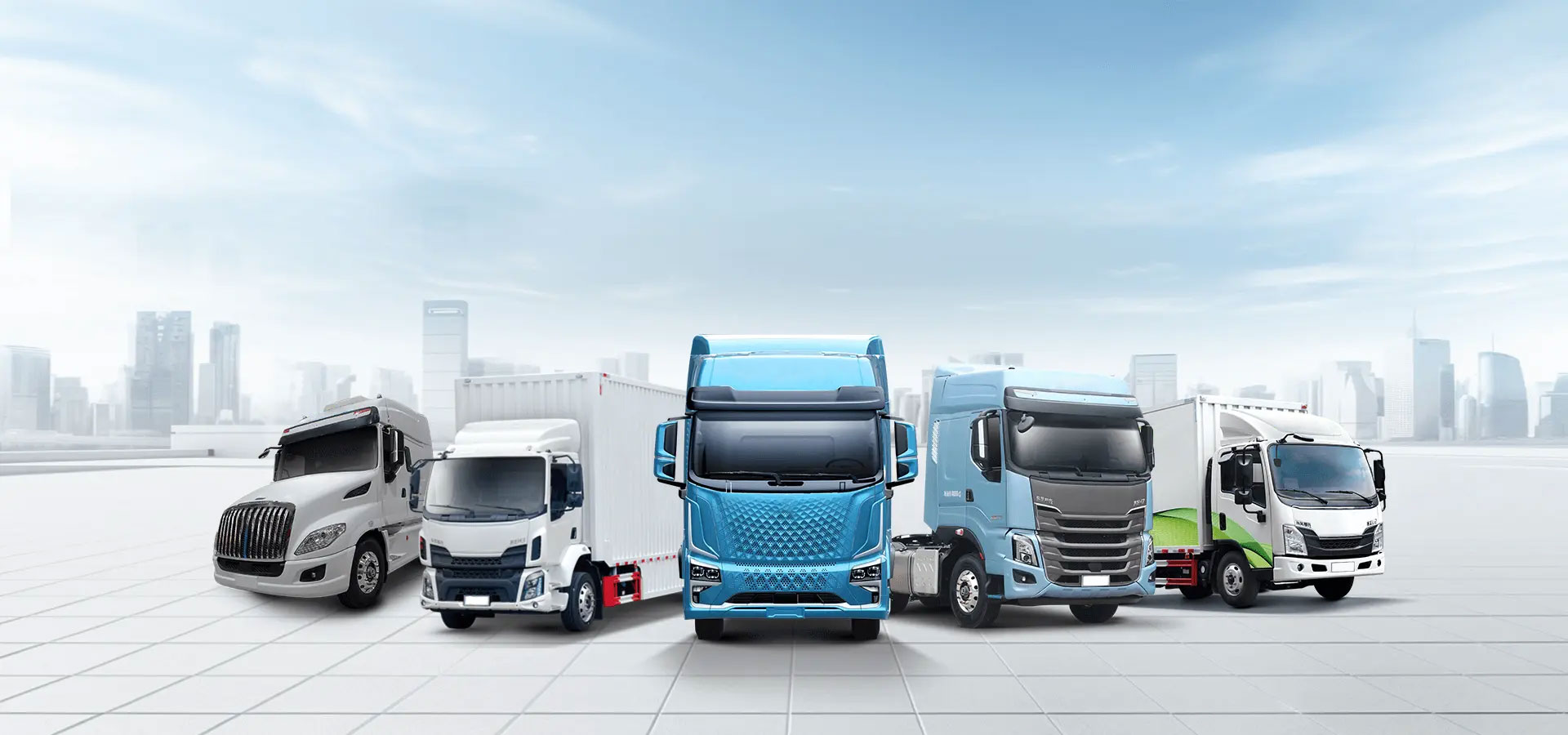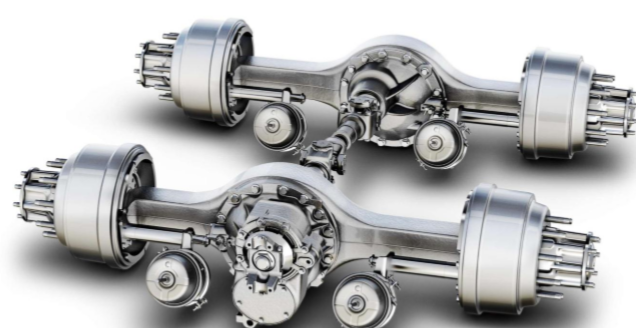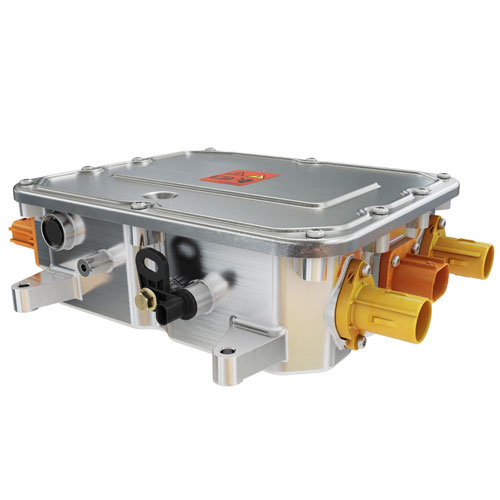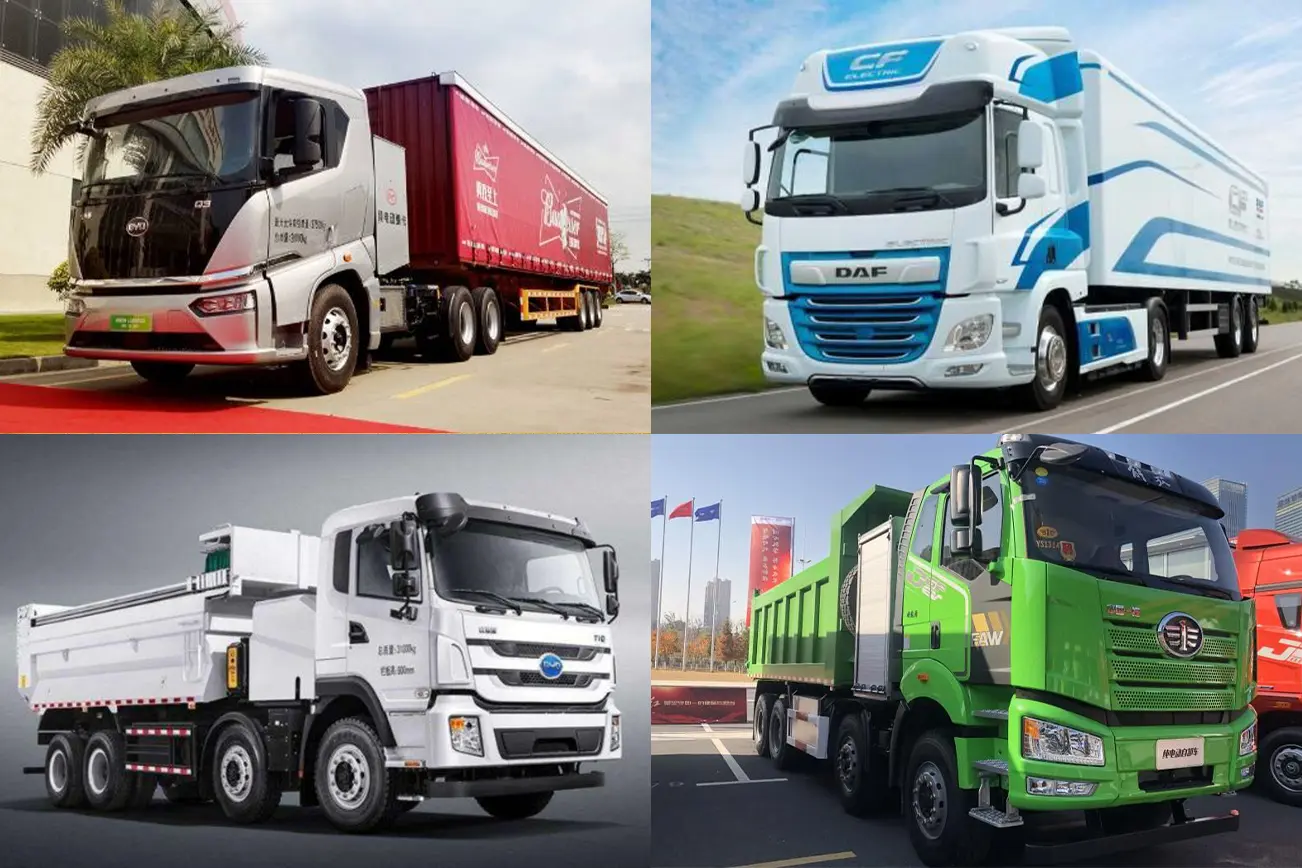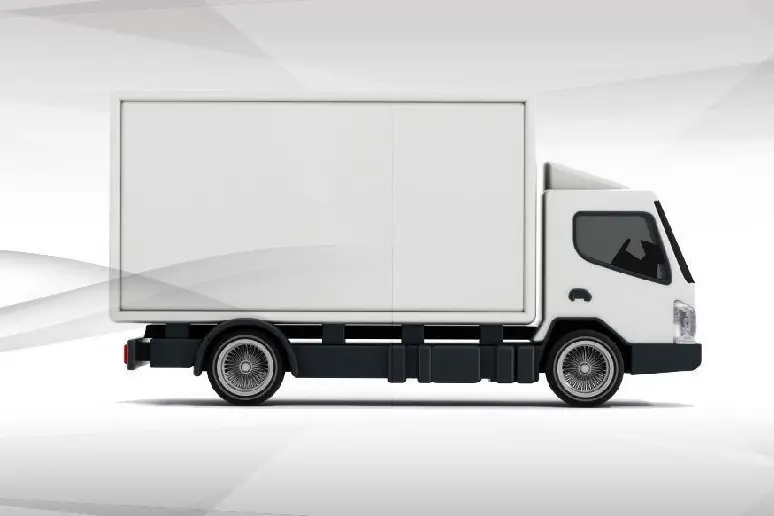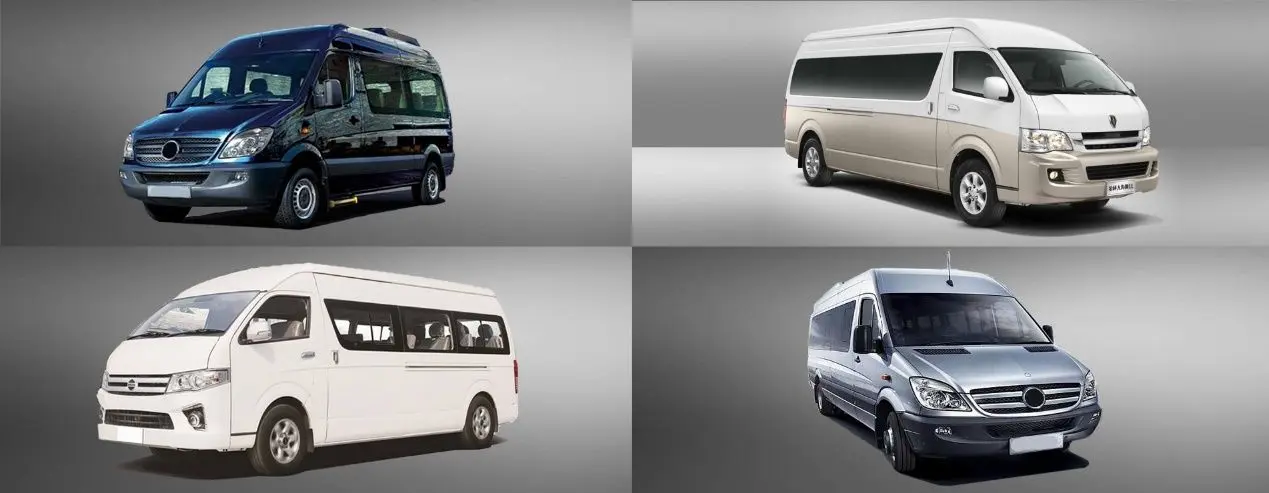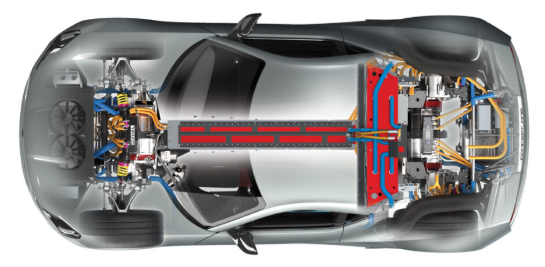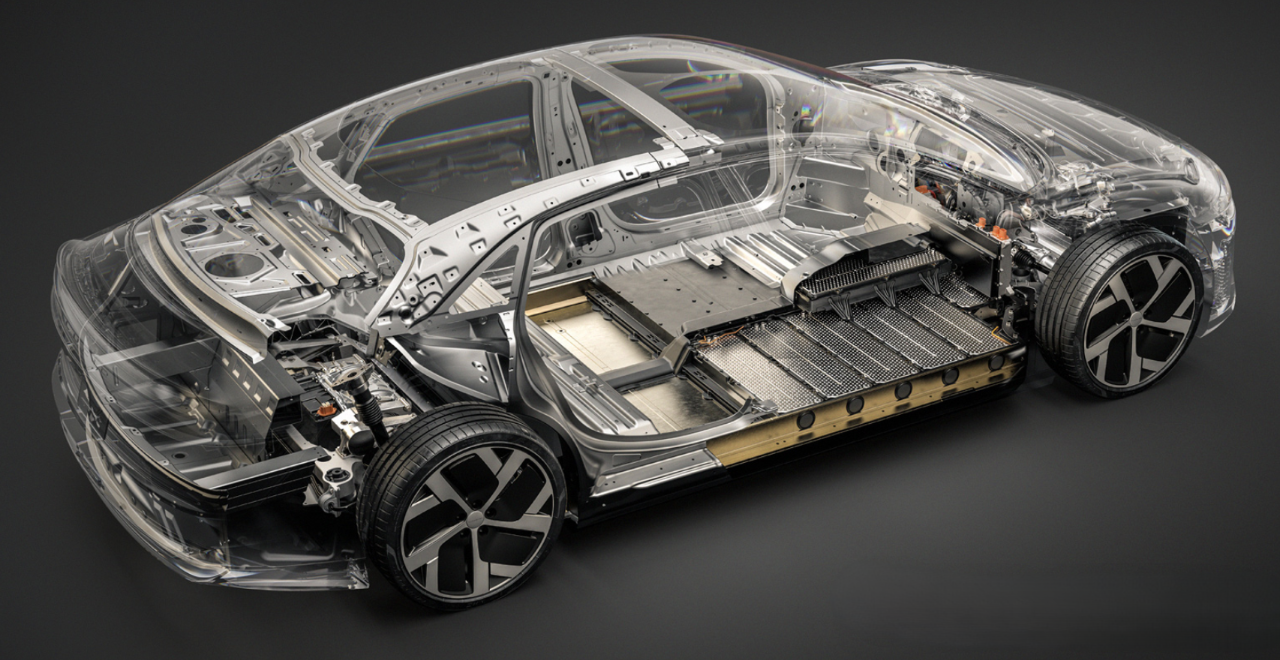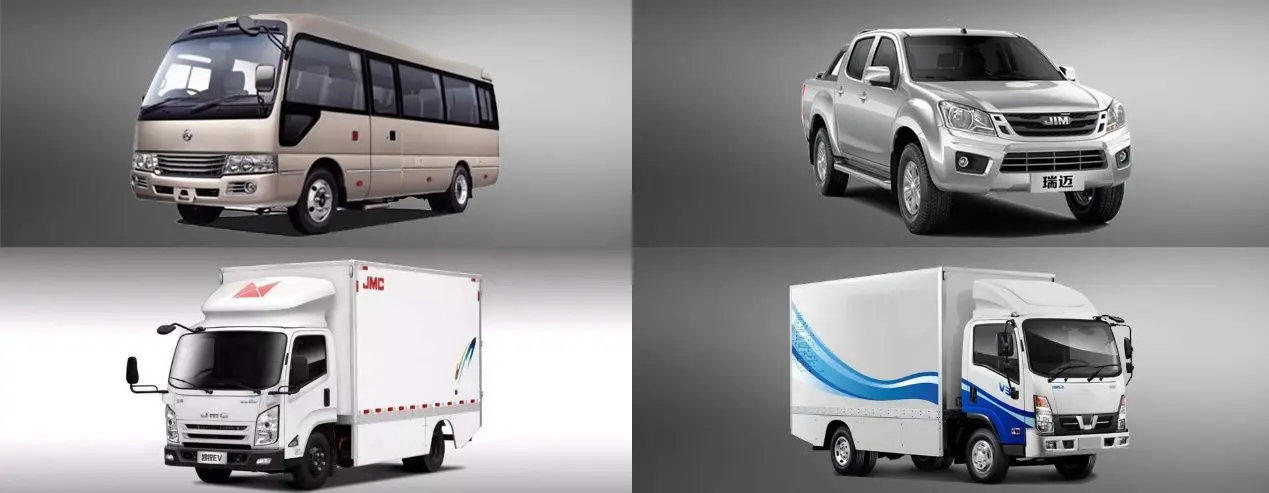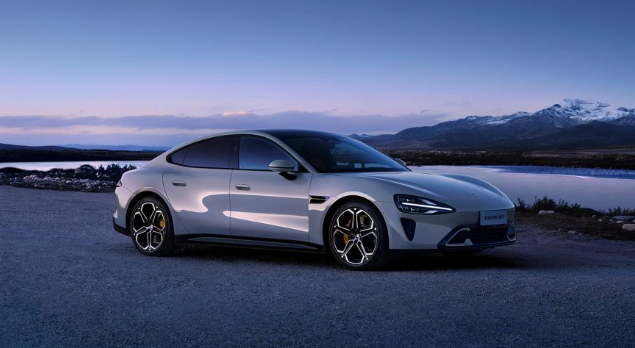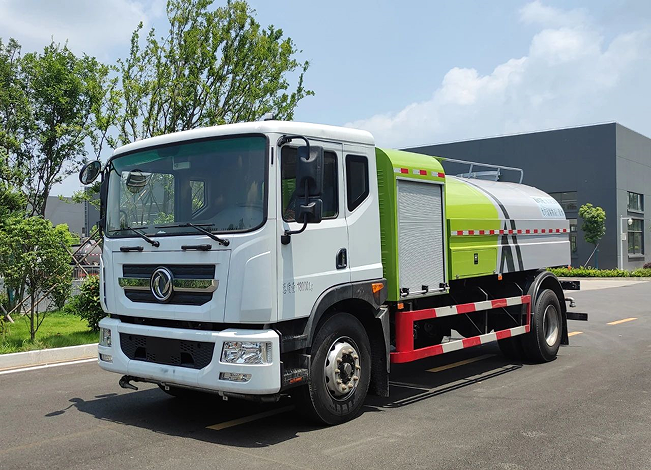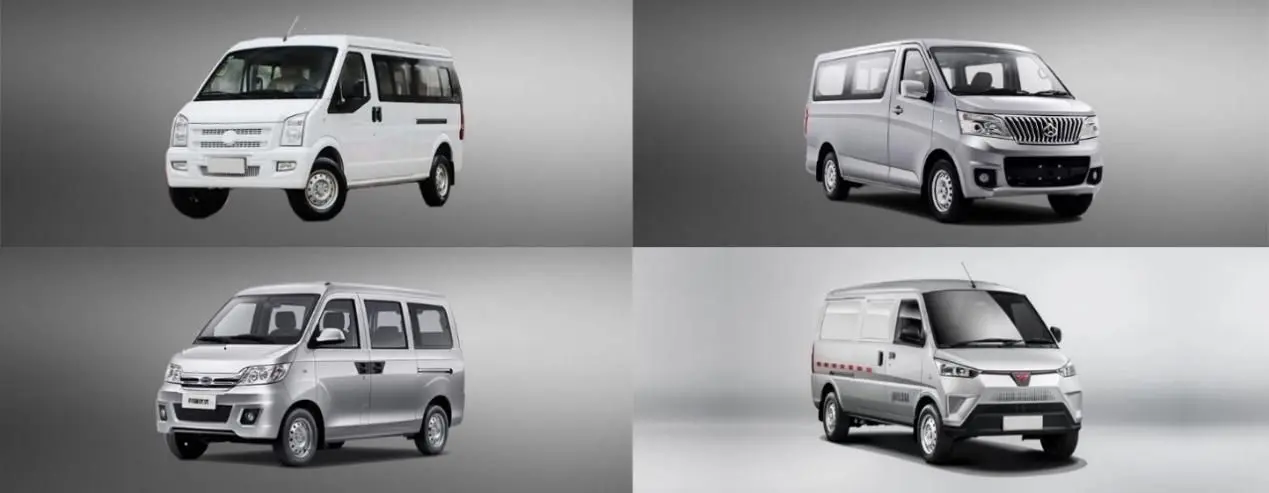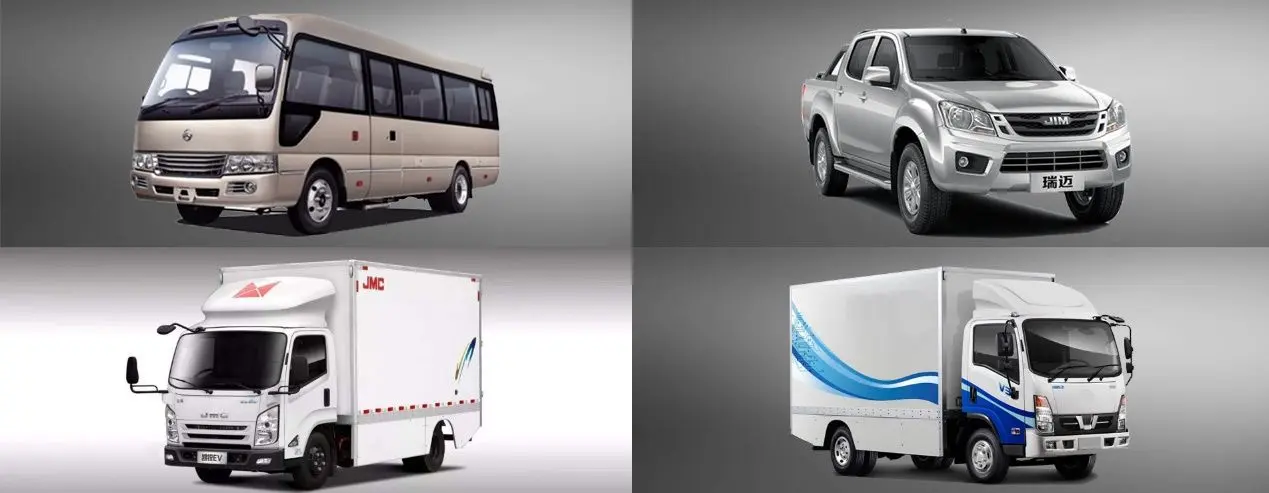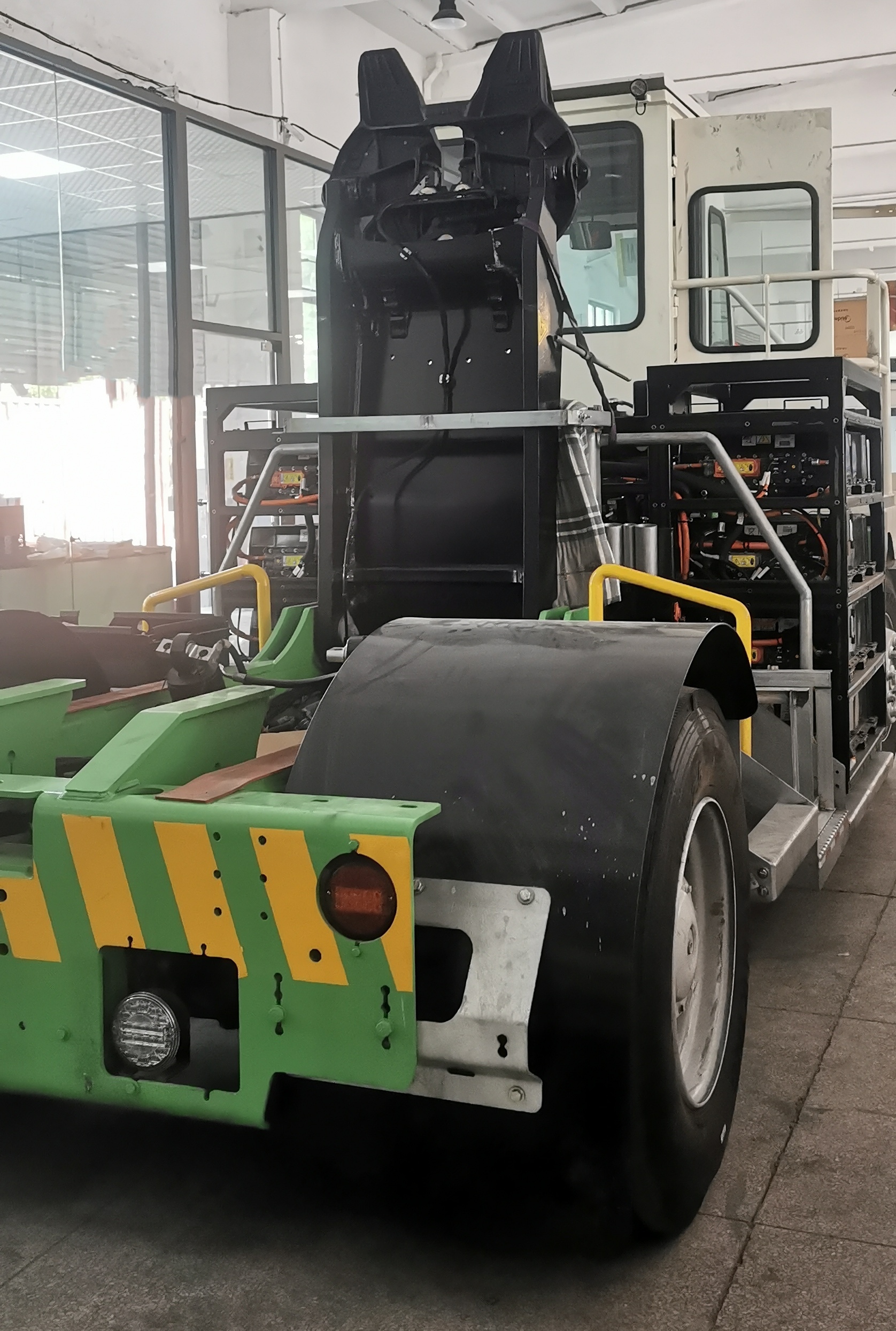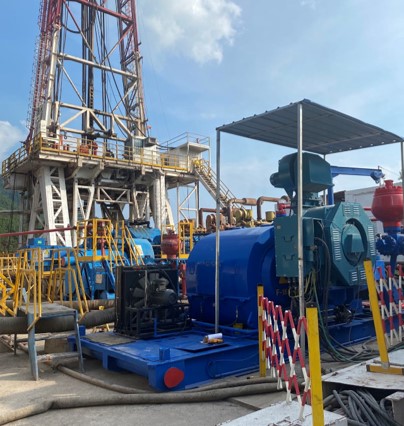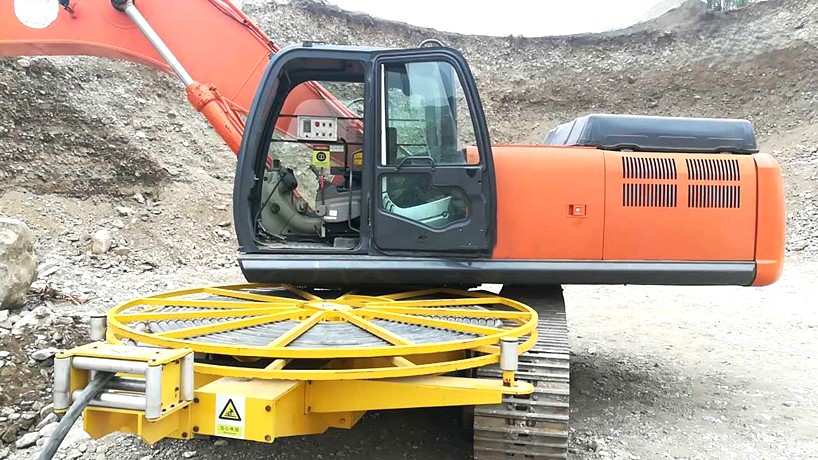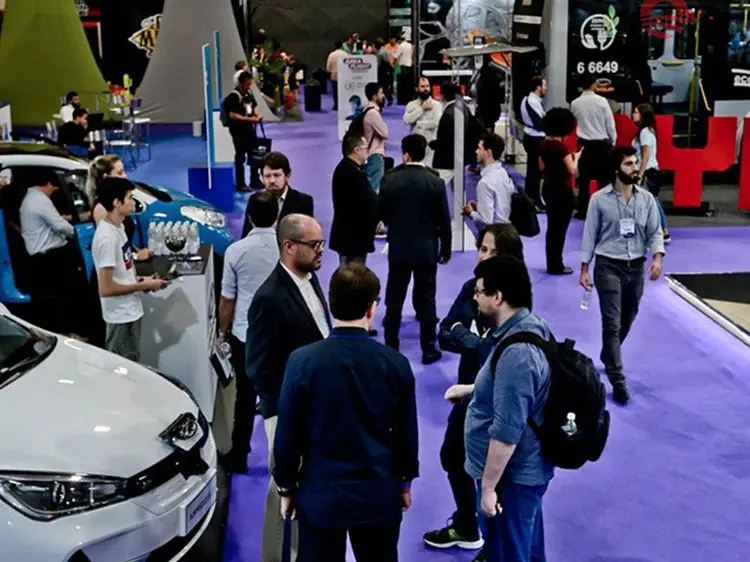VCU – The Mastermind Behind All Vehicle Functions
Picture this: You press the accelerator. Instantly, power surges from the battery pack to the motor. Simultaneously, your regenerative braking system adjusts its resistance, the battery management system calculates energy flow, and the dashboard updates your range estimate. This seamless coordination isn't magic—it's your Vehicle Control Unit (VCU) conducting the electric orchestra. While most drivers will never see this component, its decisions touch every aspect of your vehicle's behavior.
Meet the Automotive Maestro
Buried deep within your EV's electronics bay lives the VCU—a hardened computer that doesn't just process data but orchestratesyour entire driving experience. Forget calling it a simple "controller"; this is the central nervous system making split-second decisions that determine how your EV thinks, moves, and breathes. Unlike traditional vehicles where functions were distributed across dozens of isolated modules, the VCU represents a paradigm shift toward centralized intelligence. It's the difference between a committee making decisions and having a master strategist calling the shots.
Beyond Simple Commands: The VCU's Hidden Battles
While you're focused on the road, your VCU is mediating complex negotiations between components that often have competing interests:
-
The Torque Tug-of-War: When you floor the pedal, the motor controller demands maximum power now. Meanwhile, the battery management system monitors temperature spikes and state-of-charge limits. The thermal system warns of approaching thresholds. The VCU doesn't just choose whose request to honor—it calculates the exactpower delivery curve that satisfies performance expectations while protecting hardware longevity. This negotiation happens continuously, adjusting to battery age, temperature, and even driving style.
-
Regen Braking Diplomacy: As you lift off the accelerator, the motor could generate significant recharge power. But what if the battery is nearly full? Or cold? What if the roads are slick and aggressive regeneration could compromise stability? The VCU modulates regeneration intensity in real-time, balancing energy recovery with battery health, traction control, and driver comfort. It might even coordinate with electronic stability systems to use regen for subtle stability corrections before the driver notices any slip.
-
Thermal Peacekeeping: During DC fast charging, the battery management system screams for cooling while the cabin HVAC fights for heating resources. The VCU allocates thermal management resources like a seasoned negotiator, perhaps deciding to slightly reduce charging speed to preserve cabin comfort, or redirecting thermal energy from the powertrain to warm the battery on a cold morning. These decisions directly impact both vehicle performance and user satisfaction.
The Language of Machines: How the VCU Talks
Your VCU doesn't issue commands through email. It speaks CAN bus and Ethernet—the high-speed digital languages of modern automotive systems. Imagine thousands of critical messages flashing between components every second across multiple networks:
-
"Battery at 65°C - reduce charge rate by 15%"
-
"Driver requested 250kW - motors capable?"
-
"Wheel slip detected - cut torque on axle 2"
-
"Navigation predicts mountain ascent - precondition battery for optimal performance"
Miss one message, and your EV stumbles. The VCU not only interprets this flood of data but prioritizes, arbitrates, and executes commands faster than you can blink. Modern VCUs process more data in an hour of driving than early space missions handled during their entire operational lifetime. They're constantly learning too—adapting to your driving patterns, road conditions, and even predicting energy needs based on route topography.
Why VCUs Are Engineering Nightmares (and Why We Love Them)
Designing a VCU isn't like coding a smartphone app. These systems face brutal conditions that would cripple consumer electronics:
-
Vibration: Constant shaking that would destroy consumer electronics—from pothole impacts to resonant frequencies at specific speeds. We test components on shaker tables that simulate a vehicle's entire lifespan in weeks of brutal punishment.
-
Temperature Swings: From -40°C winters where components become brittle to 85°C engine bay summers where thermal throttling becomes a real threat. Our validation process includes thermal cycling that would make most electronics weep.
-
Electromagnetic Storms: Ignition systems, motors, and chargers create intense interference that can corrupt data or cause phantom commands. We shield and design our systems to withstand electromagnetic environments that resemble industrial welding facilities.
-
Zero Tolerance for Failure: A single software glitch could mean catastrophic failure at highway speeds. Unlike your phone—which might need a reboot—our systems incorporate multiple layers of redundancy and fallback modes. If a sensor fails, the VCU can estimate values from other sources. If a communication line drops, it can operate in degraded mode until safety is assured.
The Evolution of Control: From Distributed to Centralized Intelligence
The automotive industry is undergoing a architectural revolution. Where vehicles once contained dozens of isolated electronic control units (ECUs)—each managing its own domain—the trend is toward domain controllers and ultimately centralized computing. The VCU sits at the heart of this transformation, increasingly absorbing functions that were once separate. This consolidation enables incredible efficiencies: faster response times, reduced wiring complexity, weight savings, and the ability to implement vehicle-wide strategies that were impossible when systems worked in isolation.
Pumbaaev's VCU Philosophy: Building Digital Resilience
At Pumbaaev, we approach VCUs like brain surgeons approach neural networks. Our manufacturing process embraces the chaos of real-world conditions:
-
Hardened Hardware: Circuit boards potted in shock-absorbing resins that withstand moisture and vibration. Connectors that laugh at the constant tugging of vehicle motion. Components rated for automotive torture tests that exceed any consumer standards.
-
Defensive Coding Architecture: Layers of redundancy, watchdog timers that reboot systems at microsecond notice, and sanity checks for every critical input. Our software assumes everything will eventually fail and has contingency plans for each scenario. We implement multiple voting systems where critical decisions require consensus from independent processing cores.
-
Real-World Calibration Beyond the Lab: We don't just test VCUs on sterile benches. We bake them, freeze them, shake them, and blast them with electromagnetic noise until they beg for mercy—then we make them stronger. Our validation includes thousands of hours of real-world driving across every climate condition imaginable, from desert heat to arctic cold.
-
Security as a Foundation: Modern VCUs require robust cybersecurity measures. We implement hardware security modules, secure boot processes, and encrypted communications to protect against malicious attacks that could compromise vehicle safety.
When Your EV "Thinks"
Next time your electric vehicle smoothly transitions from regen to friction braking, or instantly adjusts climate control based on battery temperature, remember: that's not just programming. That's your VCU thinking. It's making judgment calls based on hundreds of inputs, protecting components while delivering the driving experience you expect. The VCU enables personality in vehicles—the difference between a sluggish response and sharp acceleration, between jarring regeneration and smooth deceleration. These aren't predetermined behaviors but real-time calculations based on current conditions and priorities.
The Silent Conductor Never Rests
Even when parked, your VCU remains alert. It manages sophisticated processes that owners rarely appreciate:
-
Scheduled battery conditioning to extend pack life
-
Over-the-air update installations that happen seamlessly overnight
-
Security system monitoring with intrusion detection
-
Low-power system checks that prevent 12V battery drain
-
Predictive maintenance alerts based on component degradation tracking
It's the guardian that never sleeps, ensuring your EV wakes up ready—not groggy or compromised. The VCU might draw minimal power while parked, but its vigilance continues uninterrupted.
Pumbaaev: Where Control Meets Character
We don't build generic controllers.,We craft automotive masterminds, extreme environment validation, and obsessive attention to how drivers actually interact with machines. Because in the electric era, the difference between a good vehicle and a great one lives in the quality of its decisions. A well-designed VCU doesn't just manage systems—it creates the personality of the vehicle, balancing efficiency, performance, and safety in a way that feels natural to the driver.
As vehicles evolve toward greater autonomy, the VCU's role will only expand. It's becoming the platform upon which advanced driver assistance systems are built, the gateway for vehicle-to-everything (V2X) communication, and the enabler of software-defined vehicle features that can be updated throughout the vehicle's life.
Ready to meet the brains behind electric mobility?
Explore our approach to intelligent control systems: www.pumbaaev.com









